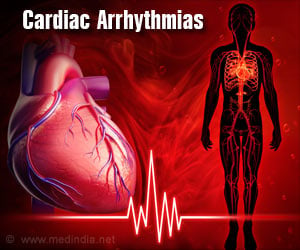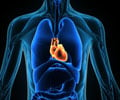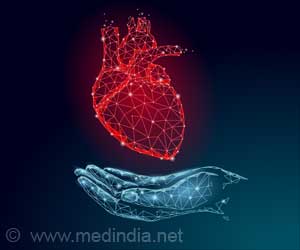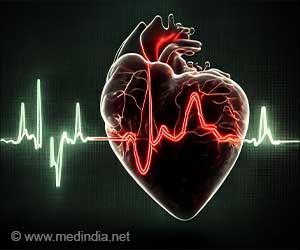Cardiovascular diseases account for a third of all deaths in UK. Heart is an amazingly adaptable organ, responding to the needs of the organism throughout life.
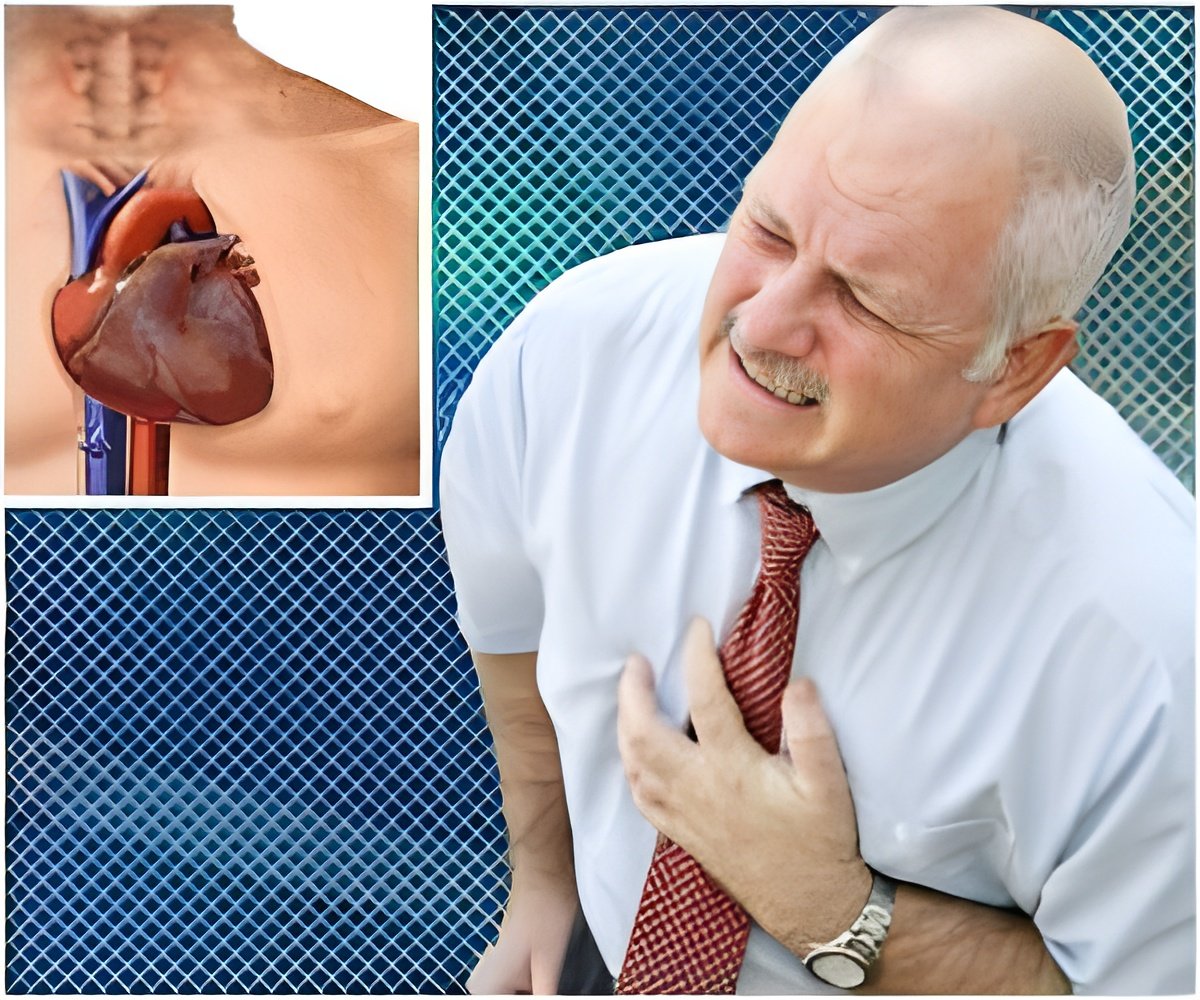
‘Cardiac diseases, such as prolonged high blood pressure and heart attacks, cause an increase in the heart's muscle mass resulting in a reduction in cardiac output and can cause an irregular heart rhythm.’





Now, researchers at the Babraham Institute, UK, University of Leuven, Belgium, University of Oslo, Norway and Karolinska Institute, Sweden, have uncovered the molecular control mechanisms responsible for the different biological changes seen in cardiac hypertrophy induced by pathology compared to exercise. These findings point the way for the design of new treatments for heart disease. Their research, published in the Journal of Clinical Investigation, compared the differences between hypertrophic heart growth in rats as a result of exercise - which is beneficial - and heart growth induced by pathology - in this case, increased load. Specifically, they compared epigenetic marks responsible for locking cells in their final developed state - important for preventing cells from switching to a less differentiated state. Notably for their analysis, the researchers employed a powerful cell sorting technique to allow them to study pure populations of heart muscle cells (cardiomyocytes) rather than a mix of all cell types in the heart - which, due to an alteration in composition during disease, would confound analysis.
They found a mechanism explaining how, in the case of pathological cardiac hypertrophy, cardiomyocytes lose their adult cellular state and regress back towards their foetal form, switching on genes that were originally expressed as the heart develops in the embryo and usually permanently switched off after birth.
Professor Wolf Reik, Head of the Epigenetics Programme at the Babraham Institute, said: "We found that a very important repressive methylation mark is lost by cells in cardiac hypertrophy. The function of this mark is to lock adult cardiomyocytes in their adult state. The loss of the mark leads to inappropriate gene expression as shown by the re-expression of genes usually only seen late in embryo development."
The research also analysed human cardiomyocytes and importantly the same molecular changes were seen, demonstrating that the same epigenetic factors underlie cardiac hypertrophy and disease remodelling in humans.
Advertisement
By identifying the epigenetic determinants and the responsible epigenetic enzymes controlling these different forms of cardiac myocyte hypertrophy, as well as how the epigenetic modifiers are themselves regulated by micoRNAs, we provide a potential strategy for epigenetic therapy for adverse cardiac remodelling. This work highlights the value of collaborative research to allow analysis from physiology to molecule and back again."
Advertisement




